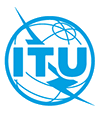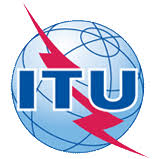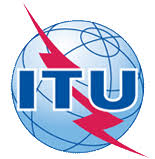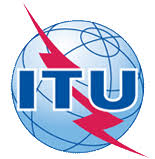Internet of Things (IoT) - Data format, value and coding
- common formats,
- values, and
- coding for Internet of things (IoT).










Virtual Business Gateway. This Technical Report specifies architecture and requirements for the virtual business gateway. The virtual business gateway architecture supports the migration of functionalities running on a business gateway to the network service provider's infrastructure to enable network-based features and services. Such migration is expected to simplify the deployment and management of the network and business services.

This Recommendation specifies the requirements and capabilities of data aware networking (DAN) to realize the use cases and scenarios described in ITU-T Supplement 35 to Recommendation Y.3033, Data aware networking - Scenarios and use cases, which are expected to be major applications/services provided on DAN. One of the objectives reflecting emerging requirements for future networks (FNs) is data awareness as specified in ITU-T Recommendation Y.3001 - Future networks: Objectives and design goals. DAN is expected to have capabilities optimized to handle enormous amount of data and to enable users to access desired data safely, easily, quickly, and accurately, regardless of their location by making information the destination of request delivery. DAN can be rephrased as the networking whose central concern is retrieving information, i.e., information centric networking (ICN).

This Recommendation defines a cloud storage architecture in visual surveillance. Cloud storage enables the service users to have ubiquitous, convenient and on-demand network access to a shared pool of the configurable storage resources, which can be rapidly provisioned and released with the minimal management effort or service-provider interaction. Cloud storage can realize flexible and reliable data storage for large-scale visual surveillance, and its components are modularized and allocated dynamically based on the real usage. This Recommendation provides the architecture, entities, reference points and service control flow for cloud storage in visual surveillance.
